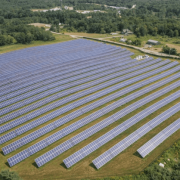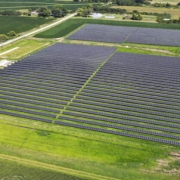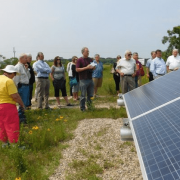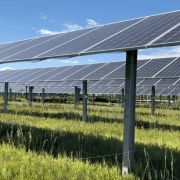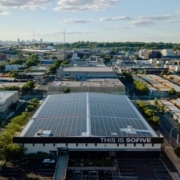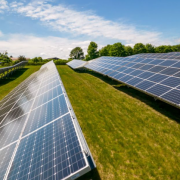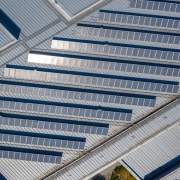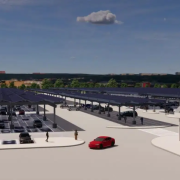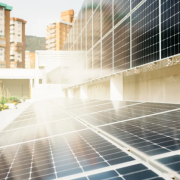Community solar has recently taken off, surpassing 7 GW of installed capacity in the United States. Research firm Wood Mackenzie said it expects community solar installed capacity to essentially double in five years.
Community solar typically involves a customer subscribing to a portion of an off-site solar project’s generating capacity, receiving credits on their utility bills for the electricity produced by the facility. The CCSA noted that household names such as Microsoft, Google, Walmart, Starbucks, Rivian, Wendy’s, and T-Mobile are just a few of the Fortune 500 companies that have signed agreements with community solar developers.
Click here to read the full article
Source: PV Magazine
—
If you have any questions or thoughts about the topic, feel free to contact us here or leave a comment below.

